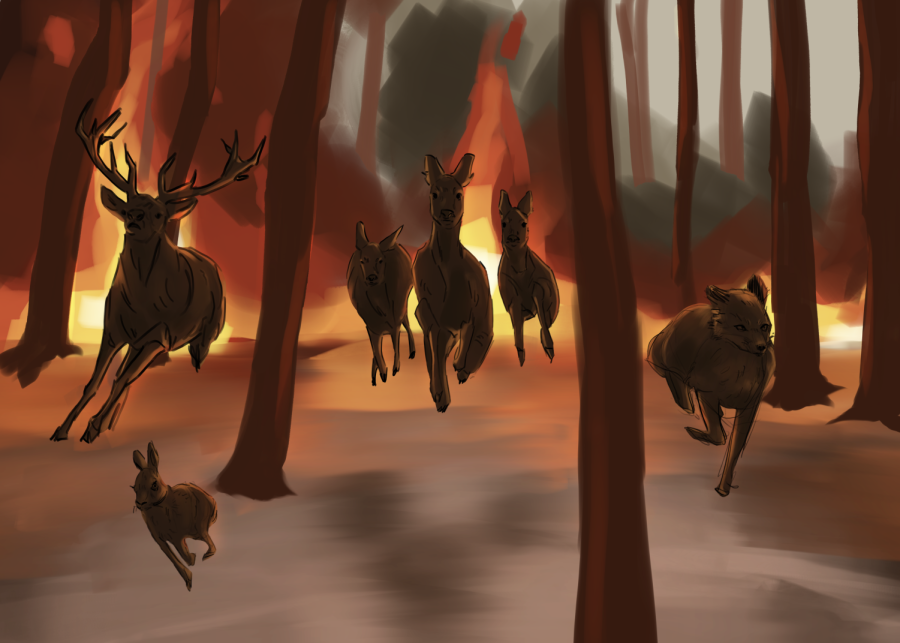Natural disasters and record-setting temperatures remind us to think about climate change
April 10, 2023
In August 2021, category four storm, Hurricane Ida, swept through Louisiana with winds of 150 mph. That’s when Richard Deininger, first-year civil engineering major, became concerned with climate change. Although he isn’t from Louisiana, the remnants, or post-tropical cyclone, hit his hometown of New Jersey.
A post-tropical cyclone describes a cyclone that no longer has enough characteristics to be considered a hurricane, but still possesses heavy rain and high winds.
“It destroyed three towns in New Jersey, raised the flood stage of a river and knocked out the power of my house for a week or two,” Deininger said.
According to him, the power was out throughout the entire state.
A study published in January 2023 found that record-setting heat and high air temperature in the Pacific Northwest caused damage to leaves and mortality in trees, raising concerns about climate change.
Christopher Still, researcher and professor at OSU, found that the damage from forest trees, during the summer of 2021, were due to high temperatures. The study was published as a response to an earlier article published in April 2022, claiming the damage from trees was the result of hydraulic vulnerability caused by droughts.
“A typical damage threshold is between 40-45 degrees celsius (104-113 degrees fahrenheit), and the higher the temperature and the longer the exposure, the more damage occurs,” Still said.
According to Still, generally–for most species — when leaves exceed a temperature of 50 degrees celsius (122 degrees fahrenheit) they die, however, it’s still an active area of research.
Other factors may contribute including a leaf’s phenology — the age and stage of development. Leaves that have not yet “hardened” may be the most vulnerable to damage.
Another article led by Rachel White, researcher at the University of British Columbia, detailed just how devastating the summer heatwave was to the environment.
“The impacts of this event were catastrophic, including hundreds of attributable deaths across the Pacific Northwest, mass-mortalities of marine life, reduced crop and fruit yields, river flooding from rapid snow and glacier melt, and a substantial increase in wildfires — the latter contributing to landslides in the months following,” White wrote.
According to Still, people should be very worried about climate change.
“Minimize emissions as much as possible. For individuals, I think it’s very effective to minimize car trips to bike, walk, and take public transportation,” he said. “Also, organize and vote for politicians that are aware of the problem and (are) working to address it.”
Deininger actively tries to minimize his carbon footprint by taking public transportation, not using plastic and using Eco2Go containers. He even plants chestnut trees with his father when he’s back home in New Jersey.
“After a university in upstate New York bred a blight-resistant one, my dad and I bought some to plant on our property,” Deininger said.
If plants are more resistant to the plant disease then they bear healthier fruit.
Ultimately, Deininger said that he subscribes to the idea that climate change is the fault of corporations. However, there are still steps people can take to minimize their own carbon footprint: stop using plastic silverware, straws and utilizing things that can be reused.











































































































